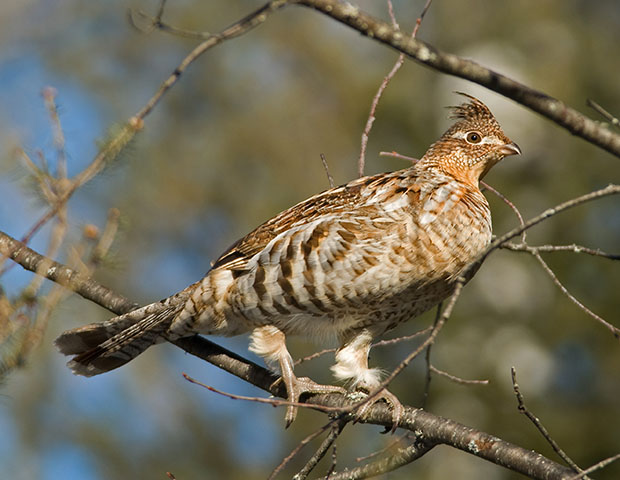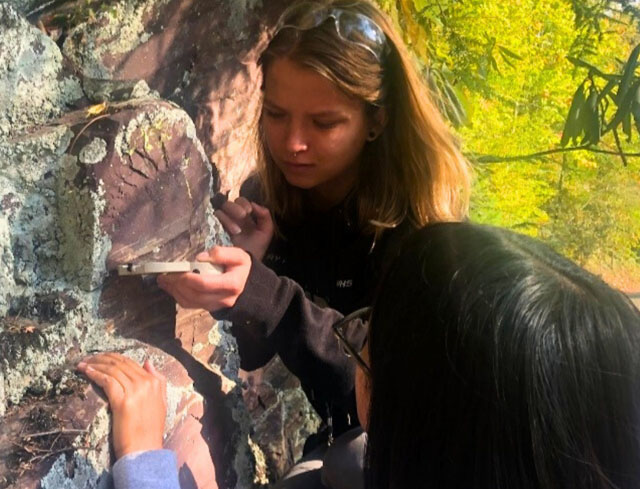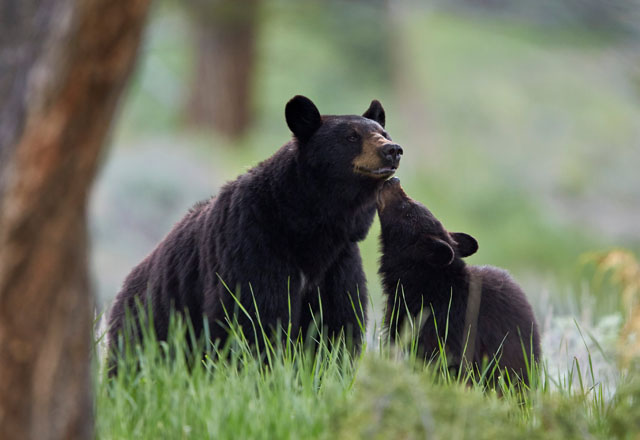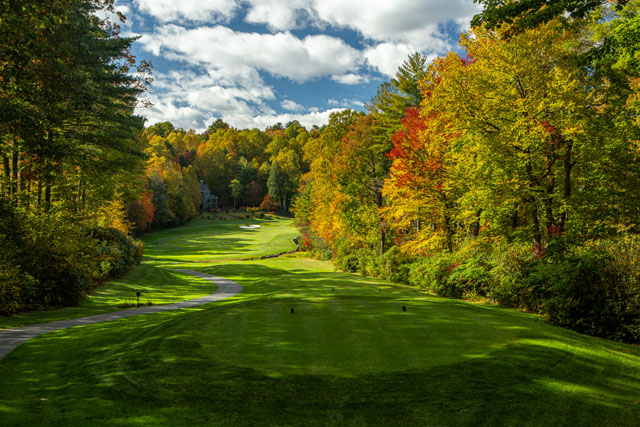A Landscape Mosaic
04 Dec 2021
The case for forest diversity
By Michael L Neiduski

It is without question that the Highlands-Cashiers Plateau is in a league of its own when it comes to the beauty department. Others in the southern Appalachians have attempted their claims, and all fall short. But what if I told you the beauty of the natural world on the plateau could run far deeper than meets the eye from Big View Overlook while watching the shadow of the bear? Or that our forests that seem to teem with wildlife only possess a fraction of possibility within this incredible ecosystem?
Some of you may be reading this and thinking, how is that possible? There are deer gnawing all your plants and you stopped trying to feed the birds because the bears keep destroying your feeders, a dearth of wildlife in this part of North Carolina? No way.
But what about the smaller animals like ruffed grouse, American woodcock, golden-winged warbler and Appalachian cottontail?
Unfortunately for those species that call this place home, the plateau is no longer the suitable place it once was, and not for the reasons many might think. While deforestation and development impact all wildlife, the lack of intentional disturbance in our beloved western North Carolina forests poses an equal, if not greater, risk.
Ruffed grouse, golden-winged warbler and our southern staple, bobwhite quail are all disturbance-dependent species. Before our involvement in the landscape, disturbance came about in a number of ways, most notably wildfire and the hoof falls from massive herds of bison across the Appalachian chain. However, there are no more bison and fire is suppressed at scale, for good reason too. We cannot deny our human interest in enjoying this landscape alongside these native species.
The positive amongst all this negative is that we have tools at our disposal to make up for lost ground. As with many things in life, we can be agents for positive disturbance for the benefit of wildlife and our forest’s health.
Instead of a swath of single-aged trees serving as the view from every scenic overlook or mountain top, draped like a blanket over the mountains, we should see a mosaic. There should be a patchwork of age and diversity as far as the eye can see, complete with all the difference that comes with any good quilt, a plethora of materials and patterns mixed to make a beautiful whole.
Right now, the fleece blanket is stifling the health of our forests and the wildlife that reside there. With almost all of western North Carolina deforested by the late 18th century, it’s easy to understand the predicament we’re in now. A predicament is where the foundation for solution also started with Carl Schenk and his creation of the first school of forestry in the United States, right here in our backyard at the Biltmore Estate.
Schenk knew that forests need active management, and that exploitation wasn’t the answer. He brought with him a sense of practicality and sustainability, something severely lacking in the forestry industry at the time. Unfortunately, as with many things historic, the pendulum has swung to the opposite side of the board from his teachings, instead of practicality and sustainability, the prevailing tool in the belt has become not using any tools at all.
Thankfully, there are still those who understand the hard work that must be done to support the health of our forests and the wildlife within. Leading the way is the Ruffed Grouse Society & American Woodcock Society, a conservation organization with a vision to create landscapes of diverse, functioning forest ecosystems that provide homes for wildlife and opportunities for people to experience them, especially here in western North Carolina.
We work with private landowners and government entities and land managers who are interested in improving their land for ruffed grouse, American woodcock, and hosts of other songbirds and wildlife that require diverse, healthy forests. Our mission is to develop the critical habitat needed for these species utilizing strict best management practices vetted by the most recent science.
And in looking at the science, our region is out of balance. With the fall of the American chestnut and our lovely hemlocks, our forests are hurting. White oaks are a lynchpin in our forest ecosystems, but they too need our intervention to avoid being overrun. Appropriate forest management is the path forward. Walking along with all constituents in mind, including our native wildlife, is the only way for progress.
We’re talking about reforestation, but not in the traditional way of just planting trees. Reforestation is the intentional and active work of renewing a forest to its full potential, and that’s what the Ruffed Grouse Society & American Woodcock Society are aiming to accomplish here in the southern Appalachians. But we can’t do it alone. It takes effort from all to understand the needs of our beloved ecosystem, and all pull in the right direction to have those needs met on both public and private lands across the plateau.
After all, who wouldn’t want a mosaic out their window?
ruffedgrousesociety.org













